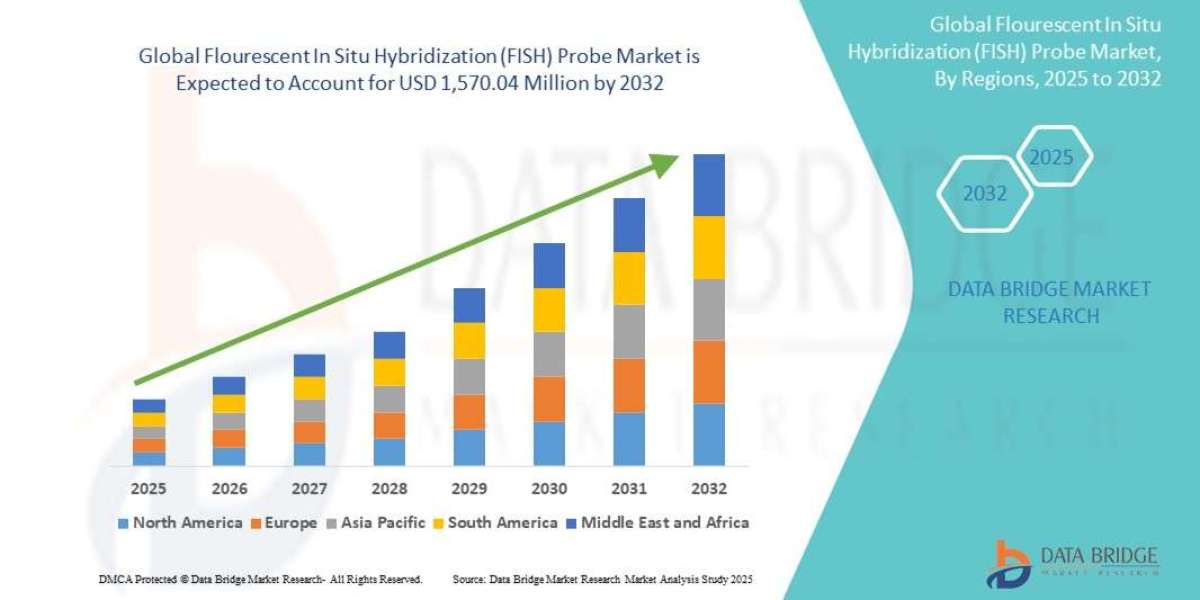Analyzing the Growth Drivers and Clinical Applications of the Liquid Embolic Market
The liquid embolic market is a dynamic segment within the interventional radiology and neurointerventional fields, driven by the increasing demand for minimally invasive treatments for various vascular conditions. Liquid embolic agents are designed to occlude blood vessels, effectively cutting off blood supply to targeted tissues or lesions. Their primary applications include the treatment of hypervascular tumors, arteriovenous malformations (AVMs), and uterine fibroids. The advantages of liquid embolics over traditional embolic materials, such as their ability to conform to complex vascular anatomies and achieve more complete and distal embolization, are fueling their adoption. The rising prevalence of vascular anomalies and the growing preference for minimally invasive procedures are key drivers for this market.
The Versatility of Liquid Embolics in Treating Vascular Malformations and Tumors
Liquid embolic agents have demonstrated significant clinical utility in the treatment of various vascular malformations, including brain AVMs and peripheral AVMs. Their ability to penetrate and occlude the intricate networks of abnormal blood vessels makes them a valuable tool for interventionalists. Similarly, liquid embolics are increasingly used in the treatment of hypervascular tumors, such as hepatocellular carcinoma and renal cell carcinoma, by selectively blocking the blood supply to the tumor, leading to its necrosis. The precision and control offered by liquid embolization techniques contribute to improved patient outcomes and reduced complications compared to more invasive surgical approaches.
Advancements in Liquid Embolic Materials and Delivery Systems
Continuous advancements in liquid embolic materials are enhancing their safety and efficacy. Newer generations of these agents offer improved biocompatibility, better control during injection, and enhanced visualization under fluoroscopy. Developments in delivery systems, such as microcatheters with improved navigability, are also expanding the range of treatable lesions. The focus on developing embolic agents that offer predictable and durable occlusion while minimizing non-target embolization is driving innovation in this market. These advancements are making liquid embolization an increasingly attractive treatment option for a wider range of vascular conditions.
The Role of Imaging Guidance and Multidisciplinary Collaboration
The successful use of liquid embolics relies heavily on advanced imaging guidance techniques, such as angiography, fluoroscopy, and cone-beam CT. Real-time imaging allows interventionalists to precisely deliver the embolic agent to the target vessels while avoiding non-target embolization. Furthermore, a multidisciplinary approach involving interventional radiologists, neurointerventionalists, oncologists, and vascular surgeons is crucial for optimal patient selection and management. This collaborative environment fosters the appropriate use of liquid embolization and contributes to better patient outcomes.
Regional Market Trends and the Future Outlook for Liquid Embolics
North America currently represents the largest market for liquid embolic agents, driven by the high prevalence of vascular diseases and the widespread adoption of minimally invasive procedures. Europe and the Asia Pacific region are also experiencing significant growth, fueled by increasing healthcare infrastructure and a growing number of trained interventional specialists. The future of the liquid embolic market is promising, with ongoing research focused on developing novel embolic materials with enhanced properties, improving delivery techniques, and expanding the clinical applications of these agents. The trend towards minimally invasive interventions and the increasing availability of advanced imaging technologies will continue to drive market growth in the years to come.
Explore our latest reports
? Stay ahead in the healthcare industry. Browse our latest insights now!
About Market Research Future (MRFR)
Market Research Future (MRFR) is a global market research firm that provides comprehensive insights into market trends, drivers, challenges, and opportunities. We offer a broad range of market intelligence reports and consulting services to help businesses and enterprises in various industries make informed decisions Media Contact:
Market Research Future (MRFR)
Phone: +1-646-845-9312
Email: contact@marketresearchfuture.com
Website: marketresearchfuture














